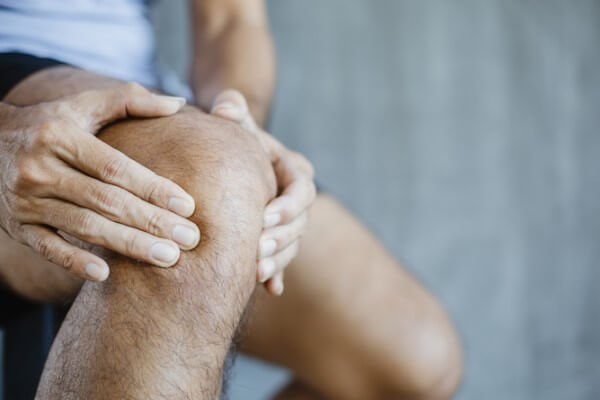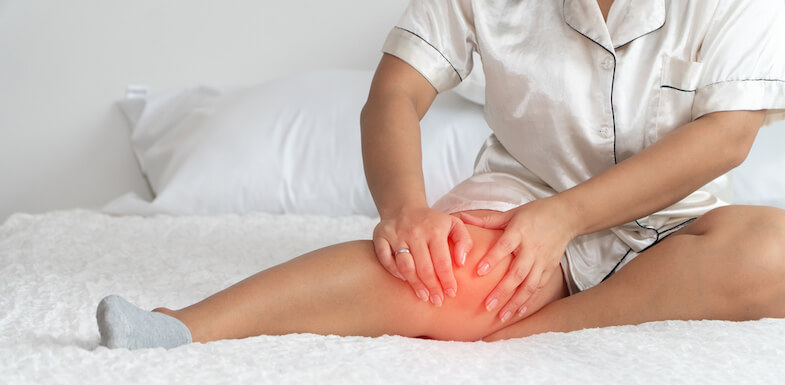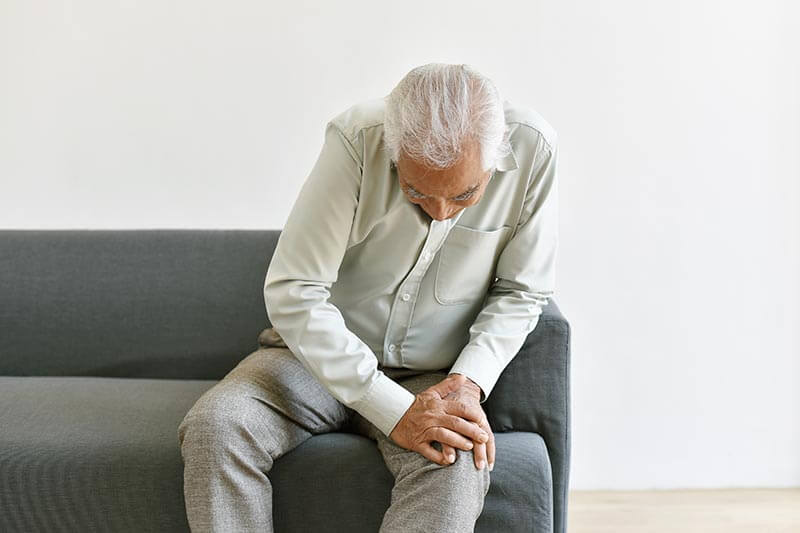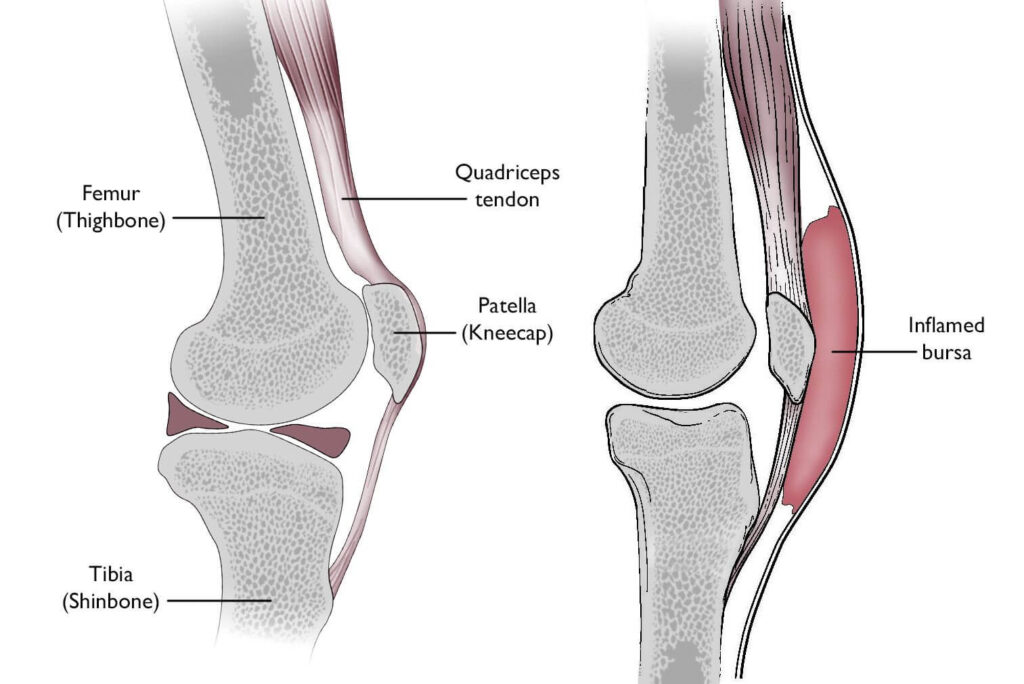Arthritis, a common condition that affects millions of people worldwide, can be a source of chronic pain and discomfort, especially in the knees. Managing the symptoms of arthritic knees is essential for maintaining a good quality of life. One of the age-old questions in arthritis management is whether heat or cold therapy is more effective for relieving knee pain. The answer is not one-size-fits-all; it depends on various factors. In this article, we explore the benefits and drawbacks of heat and cold therapy for arthritic knees and why one might be more suitable than the other in different situations.
Understanding Arthritic Knees: Before delving into the effectiveness of heat and cold therapy, it’s crucial to understand the nature of arthritic knees. Osteoarthritis and rheumatoid arthritis are the two most common types of arthritis affecting the knee joint. Osteoarthritis involves the gradual breakdown of joint cartilage, while rheumatoid arthritis is an autoimmune disease that attacks the lining of the joint. Both conditions result in pain, swelling, stiffness, and reduced mobility.
Pros of Heat Therapy:
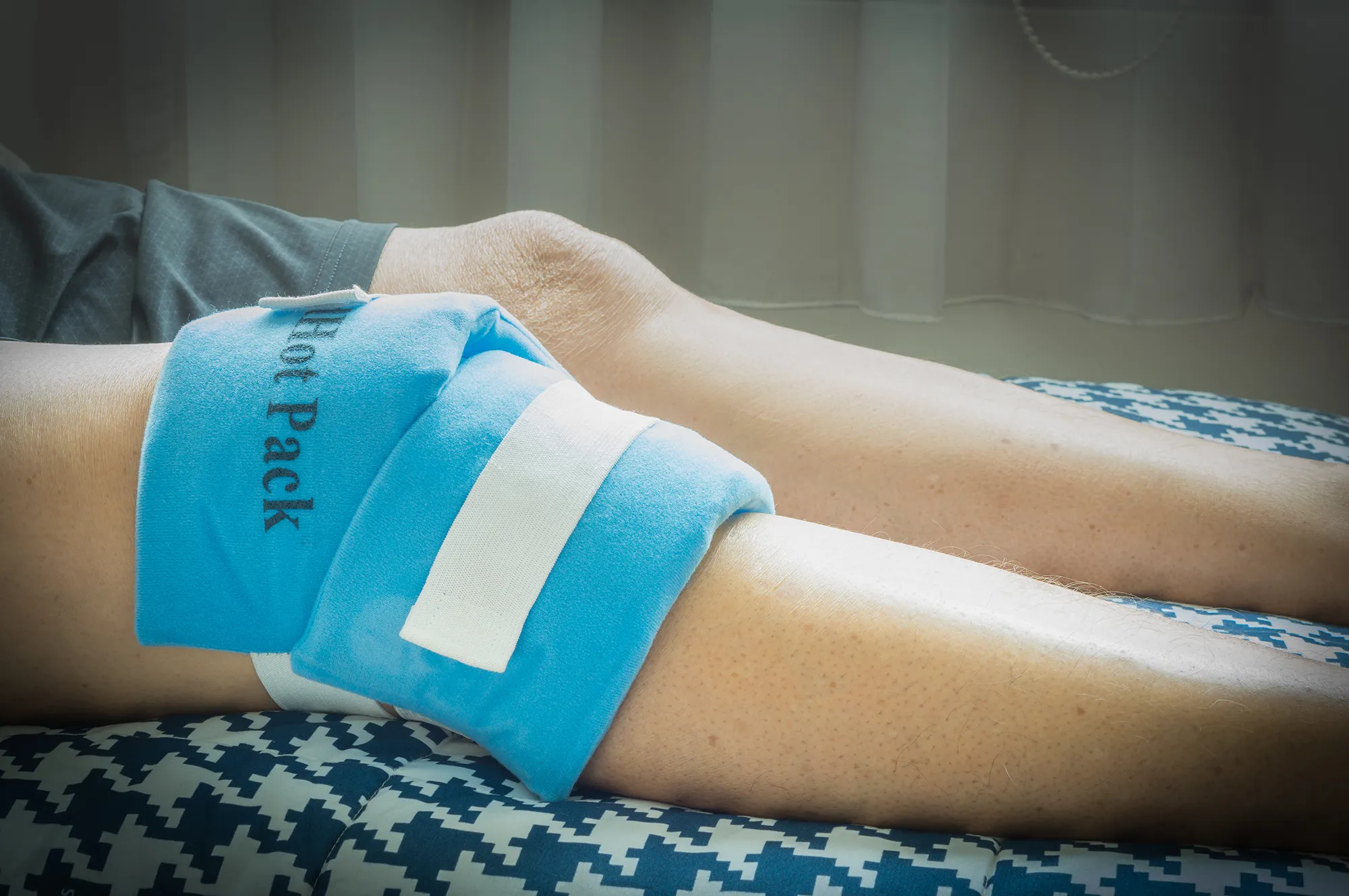
- Muscle Relaxation: Heat therapy effectively relaxes the muscles surrounding the knee joint. It helps to alleviate muscle tension and stiffness, which are common in arthritic knees. Relaxed muscles can contribute to increased comfort and better mobility.
- Increased Blood Flow: The application of heat leads to vasodilation, the widening of blood vessels. This, in turn, results in improved blood flow to the affected knee joint. Increased blood flow is essential for delivering vital nutrients and oxygen to the tissues, which can promote healing and reduce inflammation.
- Enhanced Range of Motion: Heat can help improve the range of motion in the knee joint. This is particularly beneficial for individuals with arthritic knees who experience limited mobility. A broader range of motion can make daily activities easier and reduce discomfort.
- Long-Term Management: Heat therapy is well-suited for individuals with chronic, non-inflammatory forms of arthritis, such as osteoarthritis. It provides a steady and consistent source of relief, making it an excellent option for long-term management.
- Ease of Use: Applying heat therapy is relatively simple. Methods like warm baths, heating pads, or warm compresses are easy to use and can be done at home without much effort.
Cons of Heat Therapy:
- Not Suitable for Inflammatory Arthritis: One of the most significant drawbacks of heat therapy is that it may exacerbate symptoms in people with inflammatory arthritis, such as rheumatoid arthritis. Inflammatory arthritis is characterized by joint inflammation, and applying heat can intensify this inflammation, leading to increased pain and discomfort.
- Temporary Relief: Like cold therapy, heat therapy primarily provides temporary relief. It helps manage the symptoms and alleviate discomfort, but it doesn’t address the underlying causes of arthritis. For long-term management, it is often used in combination with other treatments.
- Potential for Burns: While rare, there is a risk of burns if heat therapy is not used properly. It’s essential to avoid excessive heat, especially when using heating pads or hot packs, as this can damage the skin and underlying tissues.
- Individual Variability: The effectiveness of heat therapy can vary from person to person. Some individuals may find that it works well for them, while others might not experience significant relief. It’s important to tailor the approach to individual preferences and consult with healthcare professionals for guidance.
Pros of Cold Therapy:
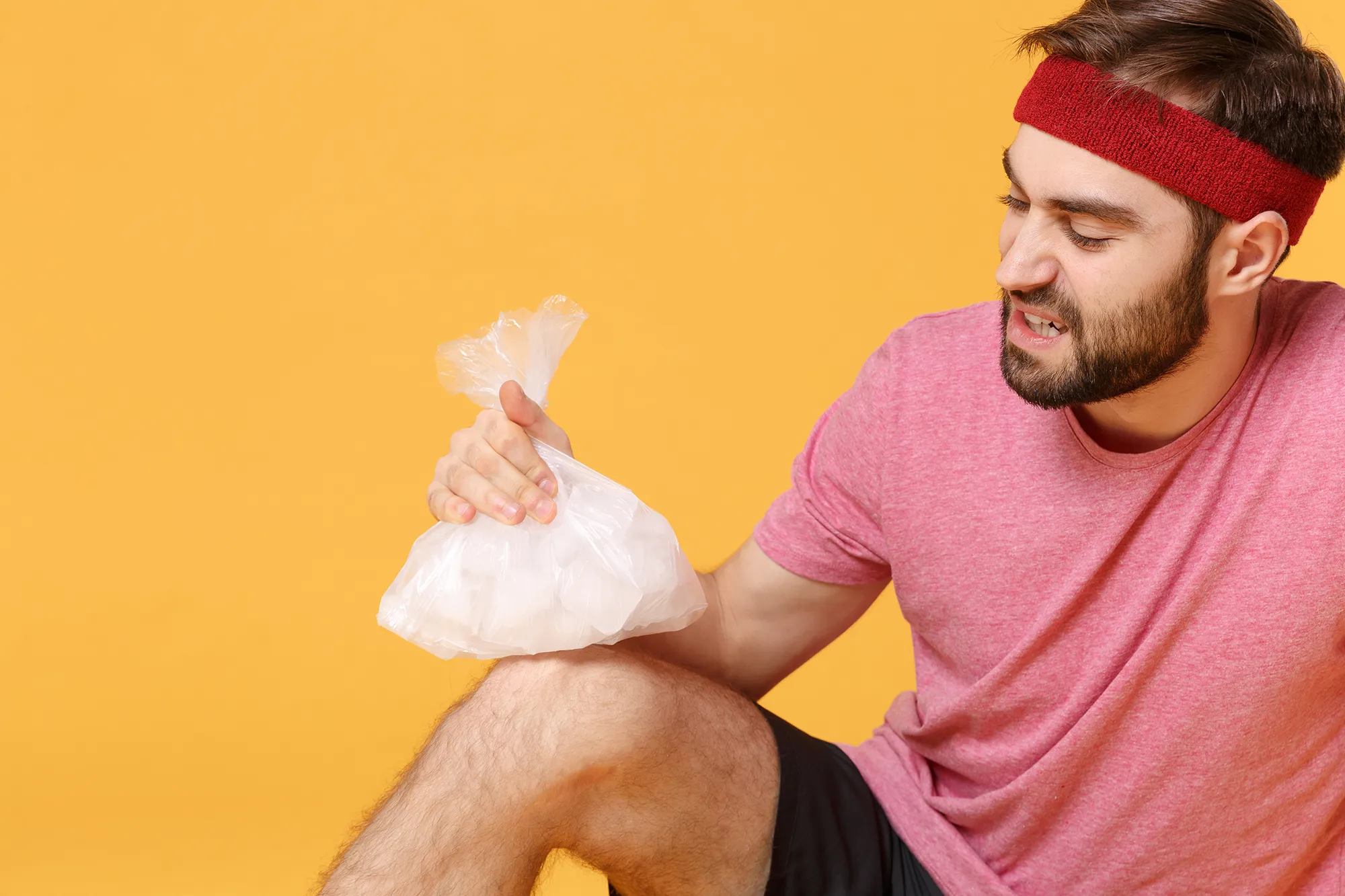
- Pain Reduction: Cold therapy, often in the form of ice packs or cold compresses, is highly effective in reducing pain associated with arthritic knees. Cold temperatures numb the nerves in the affected area, providing immediate relief from discomfort and soreness.
- Swelling Reduction: Cold therapy helps constrict blood vessels in the knee joint area, reducing the flow of fluids into the joint. This is particularly beneficial for individuals with arthritic knees experiencing swelling, as it can lead to a decrease in puffiness and inflammation.
- Suitable for Acute Flare-Ups: Cold therapy is especially useful during acute flare-ups in individuals with inflammatory arthritis, such as rheumatoid arthritis. It can quickly and significantly reduce intense pain and inflammation that often accompany these episodes.
- Post-Exercise Recovery: Applying cold packs after physical activity can help reduce post-exercise inflammation and discomfort in individuals with arthritic knees. This can be particularly helpful for those engaging in therapeutic exercises to manage their condition.
- Ease of Use: Cold therapy methods are simple and readily accessible. Ice packs or cold compresses can be used at home, and they provide a quick and convenient way to relieve pain and inflammation.
Cons of Cold Therapy:
- Temporary Relief: One of the primary drawbacks of cold therapy is that it primarily offers short-term relief. While it effectively manages pain and swelling, it does not address the underlying causes of arthritis. For long-term management, cold therapy is often used in conjunction with other treatments.
- Discomfort and Skin Irritation: Some individuals may find cold therapy uncomfortable, especially when using ice packs for extended periods. Prolonged exposure to very cold temperatures can lead to skin irritation, numbness, or even frostbite. It’s essential to use cold therapy in moderation and with care.
- Not Suitable for Everyone: Cold therapy may not be well-tolerated by everyone, particularly individuals with poor circulation or certain medical conditions, like Raynaud’s disease. It’s essential to consult with a healthcare provider to ensure it’s a safe option for your specific situation.
- Limited Effect on Inflammatory Arthritis: While cold therapy can provide pain relief, it doesn’t address the underlying inflammation in inflammatory arthritis conditions. For these conditions, it’s crucial to consider complementary treatments to manage the inflammatory aspect.
Summary:
Managing the symptoms of arthritic knees is a crucial aspect of maintaining a good quality of life for individuals affected by this condition. Two primary approaches for relief are heat therapy and cold therapy. While both methods offer unique benefits, they are not one-size-fits-all solutions, and their effectiveness depends on the type of arthritis, the stage of the condition, and individual preferences.
Heat Therapy provides muscle relaxation, increased blood flow, enhanced range of motion, and long-term management. It is particularly suitable for chronic, non-inflammatory arthritis like osteoarthritis. However, it should be avoided in cases of inflammatory arthritis, where heat can intensify inflammation, and it primarily offers temporary relief.
Cold Therapy offers pain reduction, swelling reduction, suitability for acute flare-ups, and post-exercise recovery. It is highly effective for managing pain and inflammation, especially in inflammatory arthritis conditions. However, it also provides short-term relief, and some individuals may find it uncomfortable, leading to potential skin irritation.
Conclusion:
In the ongoing debate of heat vs. cold therapy for arthritic knees, there is no one definitive winner. The choice between these two therapies depends on individual circumstances and the specific type of arthritis. In practice, many people find that a combination of heat and cold therapy, tailored to their unique needs, works best. They may use heat to relax muscles and improve circulation before engaging in gentle exercises and then turn to cold therapy to manage pain and inflammation after activity.
Furthermore, it’s essential to emphasize that both heat and cold therapy primarily offer symptomatic relief and do not address the root causes of arthritis. Therefore, consulting with a healthcare professional is crucial to determine the most appropriate therapy and to develop a comprehensive arthritis management plan. By combining these therapies with other treatments such as medications, physical therapy, and lifestyle adjustments, individuals can achieve better long-term control of their arthritic knee symptoms, resulting in improved quality of life and greater comfort.

